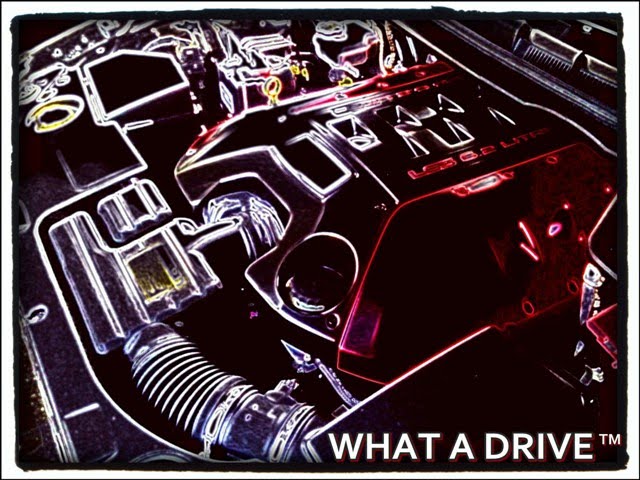One of the disciples of this great man, Kozo Watanabe, was the Chief Designer of the R33 GT-R project. More importantly, Dr. Shinichiro was the inspiration behind the RB26DETT, as it was his idea to install a straight six engine into an elongated chassis, thus giving birth to the GTR legend that we know and love today.
Here is a great tribute by Japanese Nostalgic Car on the late Dr. Shinichiro, who will greatly be missed:
Shinichiro Sakurai, Father of the Skyline, 1929-2011
On January 17, 2011 in the quiet Tokyo suburb of Setagaya, Shinichiro Sakurai, the father of the Nissan Skyline, passed away due to heart failure at the age of 81. Every major newspaper and reporting agency in Japan ran a story about the man’s life. Otherwise gruff auto enthusiasts wept openly. This outpouring of emotion and respect for a simple engineer is proof that Sakurai’s creation not only had an immense impact on the motoring community, but the average Japanese citizen too.
A graduate of Yokohama National University, he went to work for Prince Motor Company in 1952 where he helped develop the Skyline. Sakurai is called “Father of the Skyline” for dropping a straight six into an elongated body, thus transforming a standard sedan into the GT race machine that we associate with the name today, one of the most lasting legacies in auto-dom.
After the tumultuous Prince and Nissan merger in 1966, Sakruai stayed on to develop the Skyline, a name revered enough that he was given carte blanche from the bosses at Nissan. Sakruai worked on the Skyline for 32 years, developing the legendary hakosuka, culture-defining kenmeri, patriotic Japan, all the way to the seventh generation R31.
In 1985 Sakurai became head of Autech Engineering, Nissan’s in-house tuning arm. Sakurai was also the honorary director of the Skyline Museum and was inducted in to the Japan Automobile Hall of Fame in 2005. In addition to the Skyline, Sakurai worked on the C31 Laurel and a number of purpose-built race machines such as the Prince R380 and R381, and later on, the Nissan R382 and R383.
It’s hard to imagine an engineer’s passing eliciting such a powerful response from the public, but that’s just how much the Skyline is part of Japan’s national identity. It came into being during an era when Japan was still finding its footing in the age of modernization. Sakurai’s Skyline became a symbol of a nation’s technological prowess and love for the open road. It’s been in continuous production for over half a century, and its enduring spirit has allowed word of its legend to spread the world over, transcending borders where the car wasn’t even available. Rest in peace, Sakurai-san.













